Australia Westpac Leading Index dropped from -1.09% to -1.19% in October, a new post-pandemic low. Westpac said the is consistent with “sustained weak growth” in 2023. It expects GDP growth to slow from around 3.4% in 2022 to just 1% next year.
It added, “key drivers of the slowdown are: monetary policy tightening; falling commodity prices; and softness in jobs growth as capacity constraints bite.”
Regarding RBA policy, Westpac expects another 25bps rate hike at the December 6 meeting. And, “a mooted pause in the tightening is unlikely to occur in 2022 or the early months of 2023 as the Bank continues to underperform its inflation objectives.”




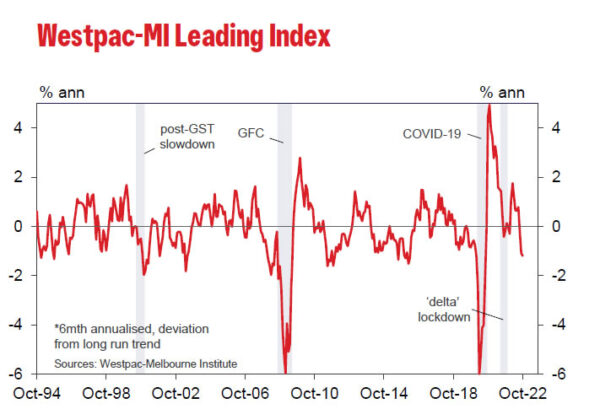
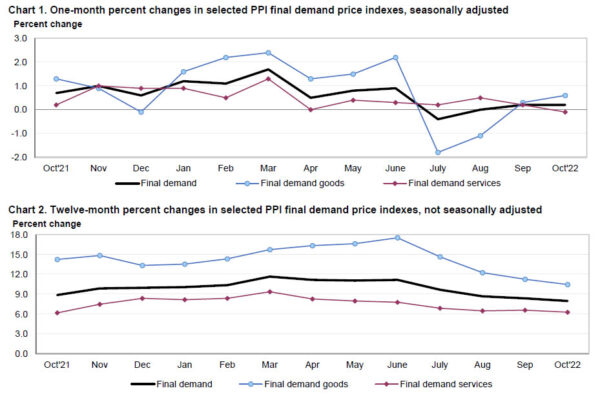
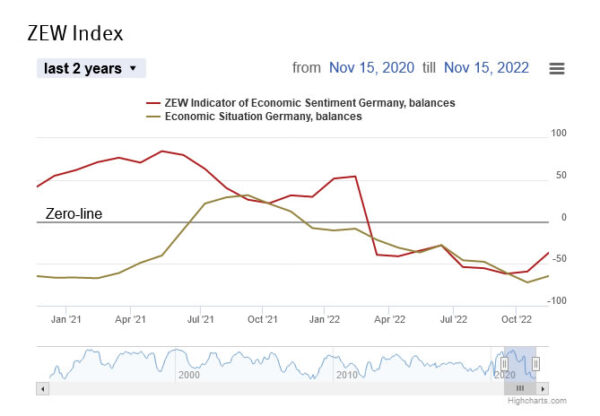
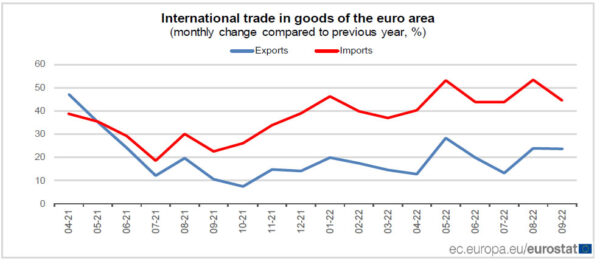
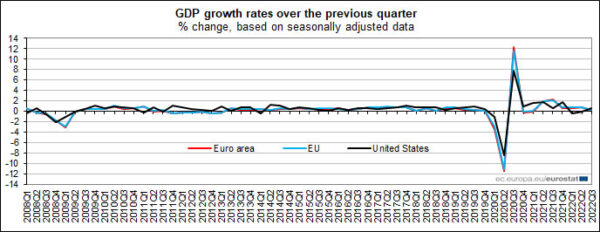
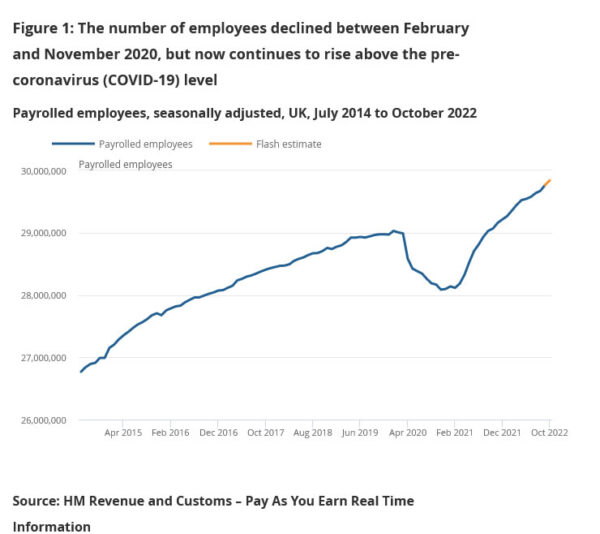
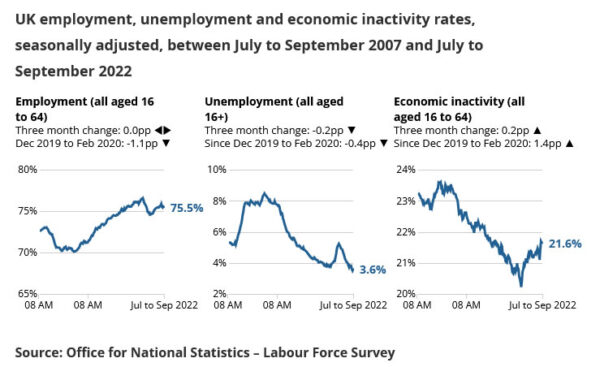

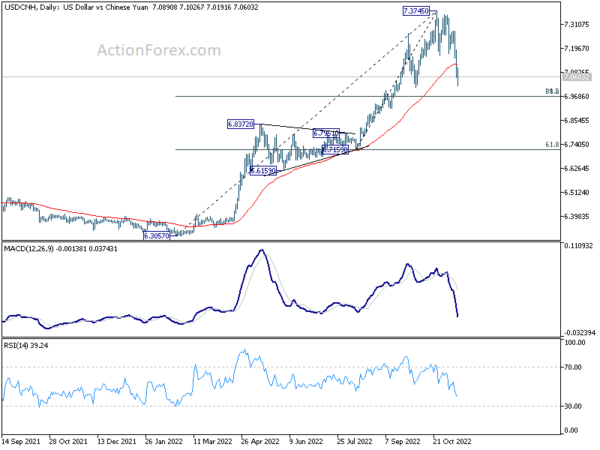
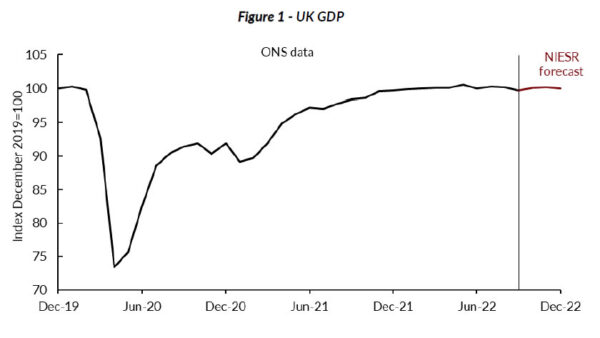

Japan machine orders dropped -4.6% mom in Sep
Japan private-sector machine orders dropped sharply by -4.6% mom in September, much worse than expectation of 0.7% mom. That followed a -5.8% mom decline in August.
Nevertheless, for October-December period, manufacturers surveyed by the Cabinet Office are expecting core orders to rise 3.6%.
The government also downgraded its view on machinery orders to “recovery is stalling”, from “economy was picking up”.